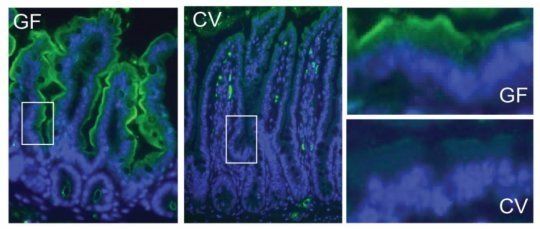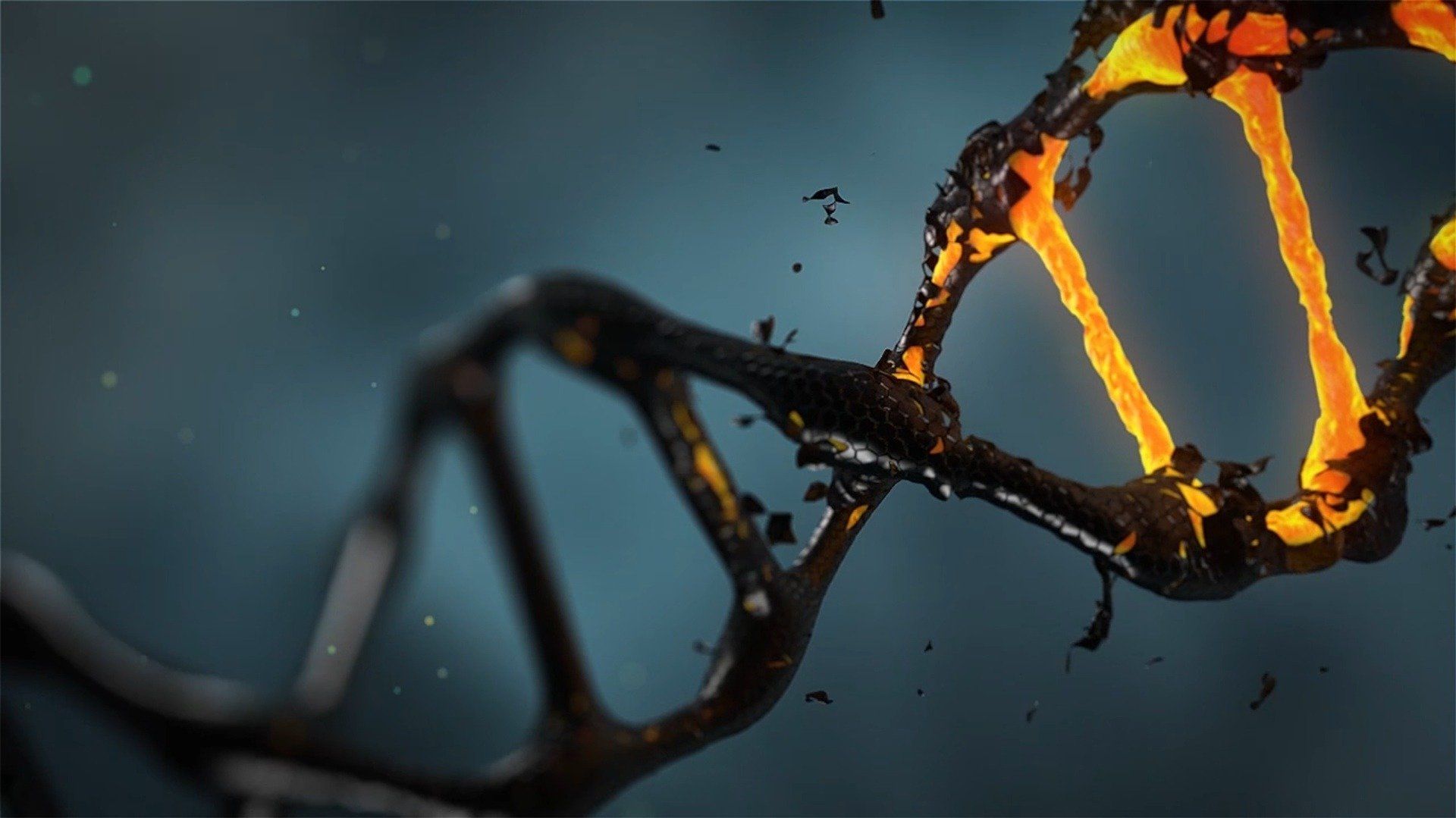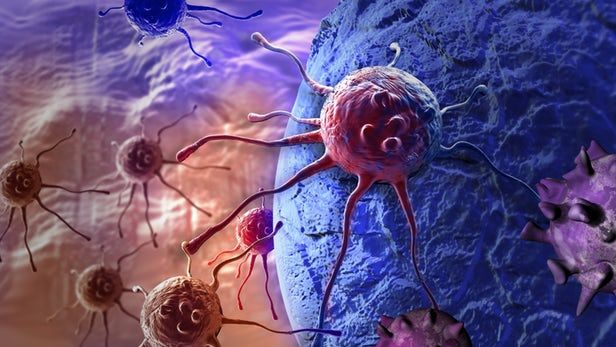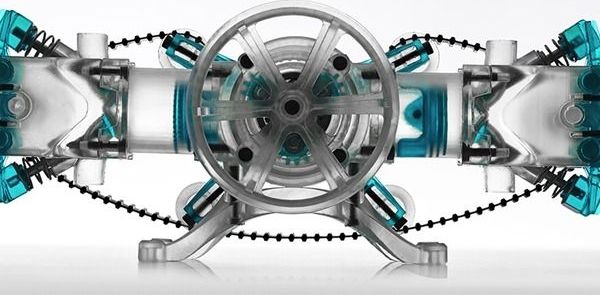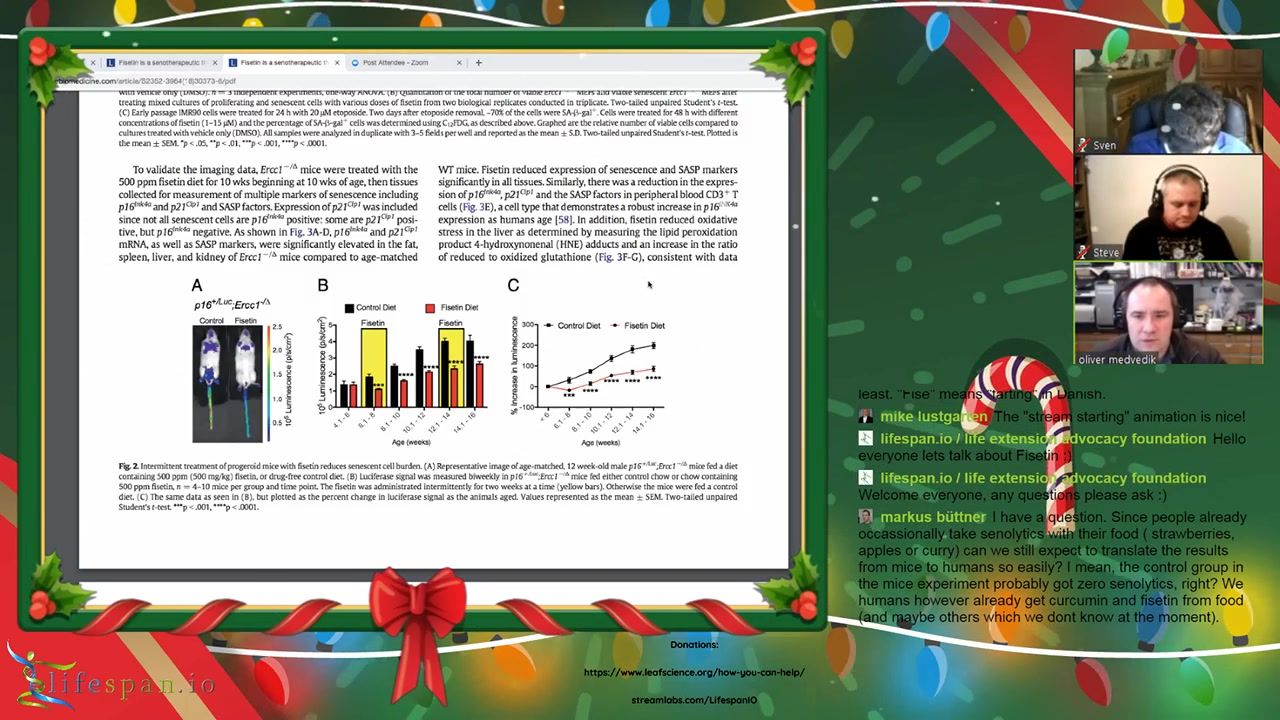By many accounts, the Tesla Model 3 is a great car. Sure, it’s needed some work on the body and on fit and finish, but there’s lots of cool engineering behind Tesla’s highest volume offering, including the “Superbottle,” an awesome packaging solution for the cooling system that contains a fun little easter egg.
Last week, I stopped by Munro and Associates, the fascinating company that tears cars apart to find out exactly how they’re built. While there, manufacturing experts showed me the Tesla Model 3’s bizarre-looking coolant bottle, which features a cape-wearing bottle as part of the mold:
Also on the bottle is the text “Superbottle”:


